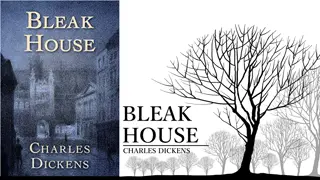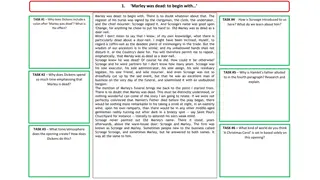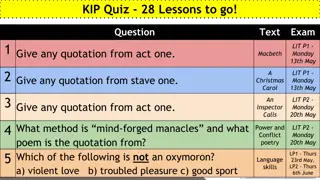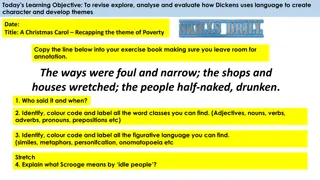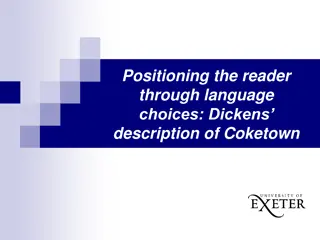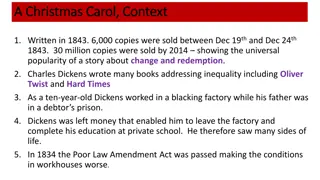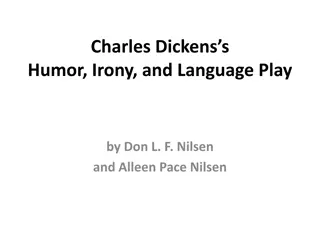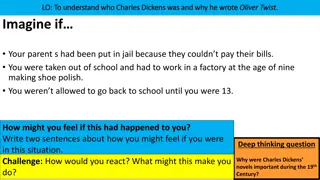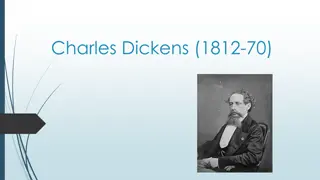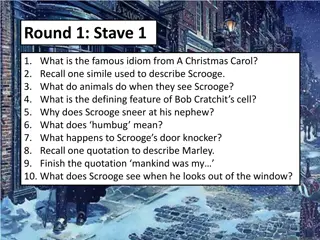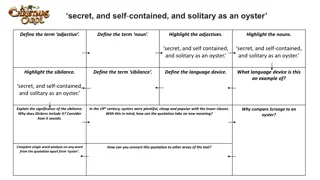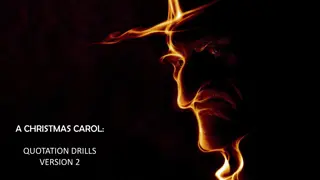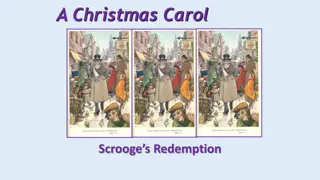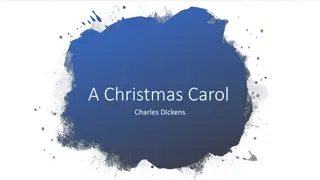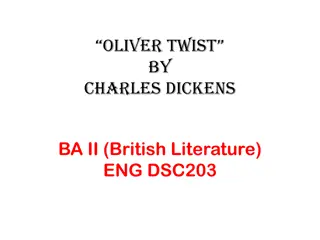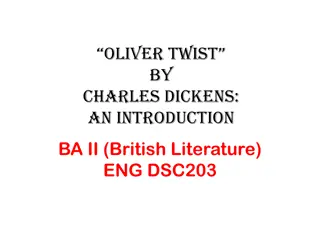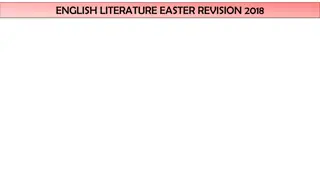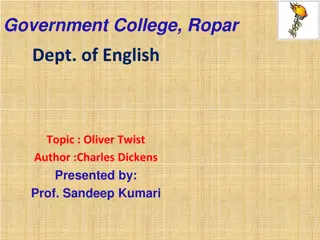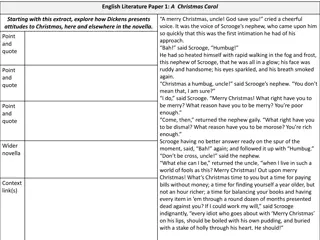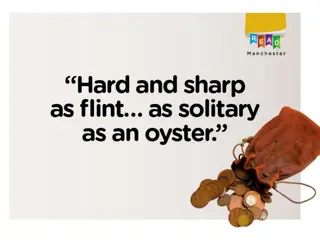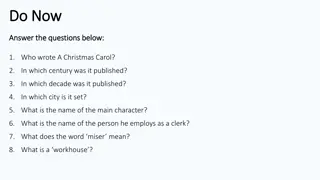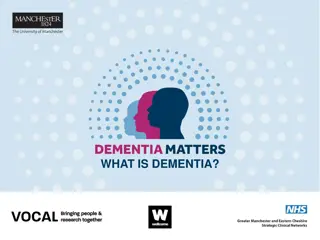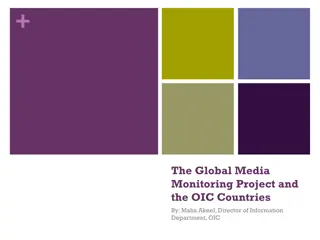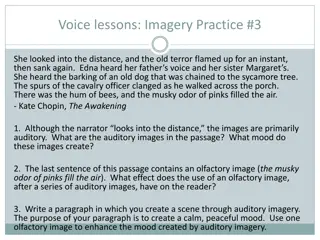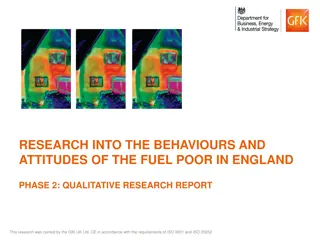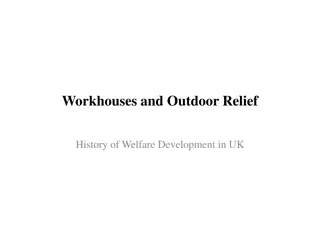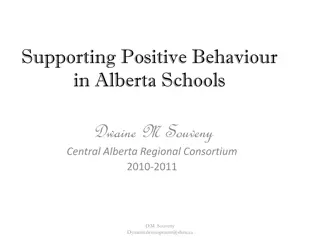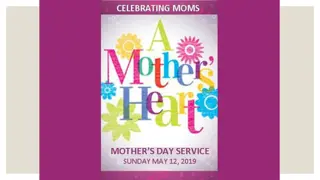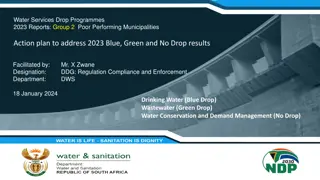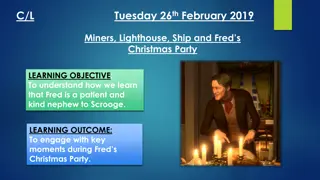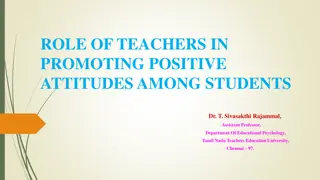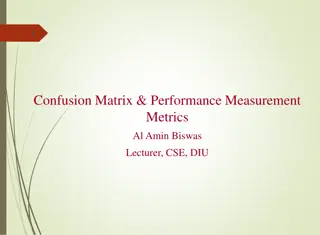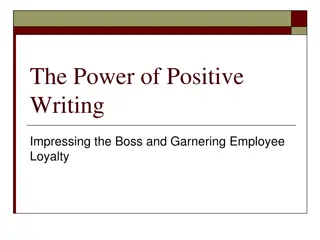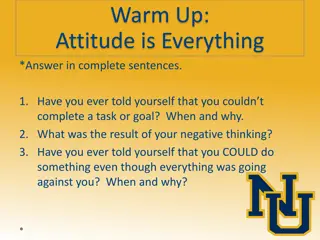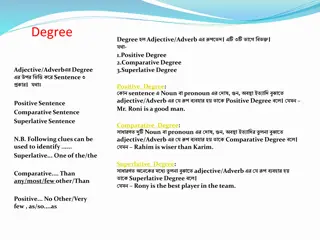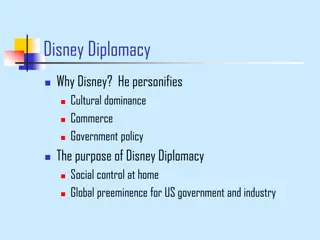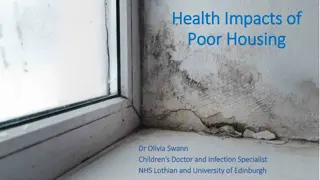Dickens' Positive Portrayal of the Poor in Stave 3
In Stave 3 of the novella, Charles Dickens portrays the poor in a positive light, showcasing their hard work, jovial nature, and sense of community on Christmas Day. Through various quotations and scenes, Dickens challenges the stereotype of the poor being bad, emphasizing their resilience and humanity. The extract reveals how the poor, despite their challenging circumstances, find joy in simple pleasures and come together in celebration, prompting readers to reconsider their perceptions of poverty.
Download Presentation

Please find below an Image/Link to download the presentation.
The content on the website is provided AS IS for your information and personal use only. It may not be sold, licensed, or shared on other websites without obtaining consent from the author. Download presentation by click this link. If you encounter any issues during the download, it is possible that the publisher has removed the file from their server.
E N D
Presentation Transcript
Monday 8th January 2018 C/L How Dickens presents the poor in Stave 3 LESSON OBJECTIVE: To identify the ways that the poor people in the novella are good people. LESSON OUTCOME: To explain how Dickens presents the poor people in a positive way.
They stood in the city streets on Christmas morning, where (for the weather was severe) the people made the rough, but brisk and not unpleasant kind of music, in scraping the snow from the pavement in the front of their dwellings, and from the tops of their houses, whence it was mad delight to the boys to see it come plumping down into the road below, and splitting into artificial little snowstorms. severe dwellings jovial parapets reveller really bad house The house-fronts looked black enough and the windows blacker, contrasting with the smooth white snow upon the roofs, and with the dirtier snow upon the ground, which last deposit had been ploughed up in deep furrows by the heavy wheels of carts and wagons. happy Top of a wall For the people were shovelling away on the house-tops were jovial and full of glee; calling out to one another from the parapets and now and then exchanging a facetious snowball-better-natured missile far than many a wordy jest- laughing heartily if it went right, and not less heartily if it went wrong. Party/celebrat ory people facetious silly But soon the steeples called good people to church and chapel, and away they came, flocking through the streets in their best clothes and with their gayest faces. And at the same time there emerged, from scores of by-streets, lanes, and nameless turning, innumerable people, carrying their dinners to the baker s shops. The sight of these poor revellers seem to interest the Spirit very much.
severe dwellings jovial parapets reveller really bad Guided annotating: house I have underlined some quotations in the extract. For each one give a quick explanation of what they show about the poor. This suggests/reveals/demonstrates AO2 Challenge: Circle key words too happy Top of a wall Party/celebrat ory people Independent Find and Annotate: 1.) Highlight a quotation at the start that shows that the poor don t mind hard work (clue: snow). 2.) Highlight 2 quotations that show how fun and excitable the poor are. 3.) Highlight the quotation that shows that lots of carts have had to go through the town because they are always working hard. 4.) Highlight a quotation that shows that the poor couldn t afford to cook their own food on Christmas Day.
HOW DOES DICKENS PRESENT THE POOR IN A POSITIVE WAY? Dickens presents the poor in a positive way, when in Stave 3 the Ghost shows Scrooge .. Remember, Dickens was poor himself and he wanted things to change for the poor! Statement about the poor Bring in quotation Explain one thing it reveals about the poor. Give another layer: what else does it suggest about the poor Finish with Dickens s message to the Victorian people- challenge/reverse the stereotype that they are bad. Happy Hard- working heavy wheels of carts and wagons Friendly jovial and full of glee calling out to one another from the parapets
HOW DOES DICKENS PRESENT THE POOR IN A POSITIVE WAY? Remember, Dickens was poor himself and he wanted things to change for the poor! Dickens presents the poor in a positive way, when in Stave 3 the Ghost shows Scrooge how in the city they are happy even though they are poor as they exchange a facetious snowball to one another. This reveals that the poor don t let their lack of money make them miserable, instead they are fun and happy. It also suggests that they are close as a community because they are all playing in the street. Dickens is presenting them in this way to give his message that the poor deserved a better life because they were still so full of joy and happiness and were not bitter about their poverty. Statement about the poor Bring in quotation Explain one thing it reveals about the poor. Give another layer: what else does it suggest about the poor Finish with Dickens s message to the Victorian people.


